

 The Accurate Reloading Forums
The Accurate Reloading Forums  THE ACCURATE RELOADING.COM FORUMS
THE ACCURATE RELOADING.COM FORUMS  Hunting
Hunting  African Big Game Hunting
African Big Game Hunting  When Elephants Overpopulate
When Elephants OverpopulateGo  | New  | Find  | Notify  | Tools  | Reply  |  |
| One of Us |
Having just recently returned from a safari in Zimbabwe, I seem to always encounter folks who are astonished that I actually hunt. When I explain that everything I pursue in Africa is sustainable and used either by the camp or nearby villages, the negative feelings wane a bit....that is until the topic of elephants comes up. It seems that just about every non-hunting American "knows" that the African elephant is an endangered species, thanks mainly to the plethora of tree hugging television programs here that not only give elephants names, but also talk in flowery terms about their wives and children. I try to explain that in many countries where sport hunting of elephants is allowed, they are often over populated. Zimbabwe is a good example of this, and until recently, elephants were actually culled there to minimize habitat destruction. It is only in the countries where sport hunting is not allowed that the elephants have no monetary value to the locals and are heavily poached. Of course, the non hunter never believes me. When I tell them how an overpopulation of elephants destroys habitat, I am met with stares of disbelief. So, on my recent hunt, I took a few photos showing what too many elephants does to the land. Maybe things like this will help educate the ignorant - I can only hope. 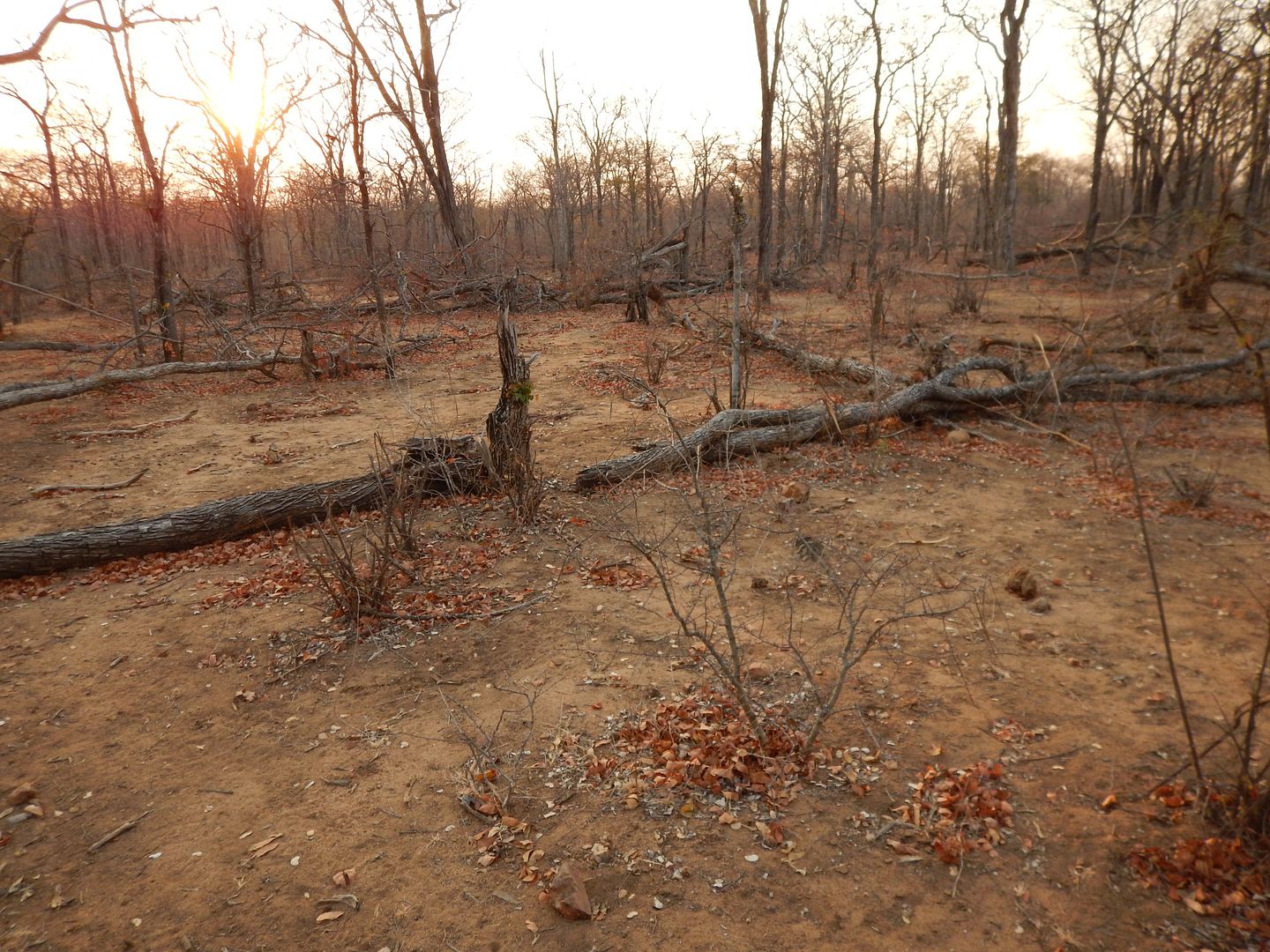 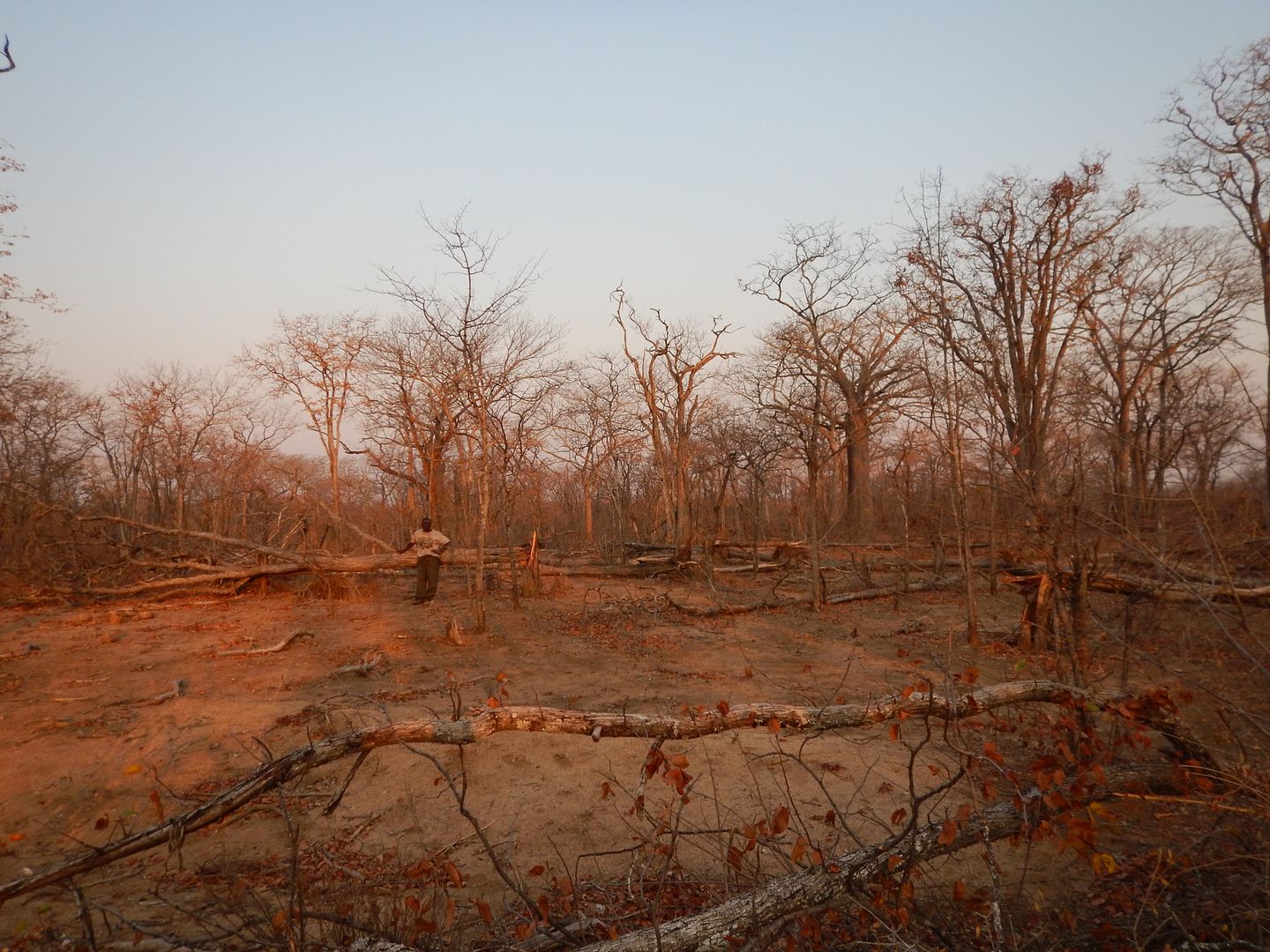 | ||
|
| One of Us |
this is the part that goes over most people's head thanks so much for posting it next the soil loss TIA -- THE CYCLE OF LIFE IN AFRICA FIRST COMES THE ANIMAL LOVERS SECOND THEY GIVE MONEY TO THE GOVERNMENT [NOT UNLIKE A BRIBE] THEN THE ELEPHANTS BECOME TO MANY IN ONE PLACE THIS TAKES VERY FEW YEARS THEN THEY EAT UP THE HABITAT THEN A DROUGHT COMES THEN THE ELEPHANTS DIE AND THE MONEY DRIES UP THEN THE POACHERS KILL AND CUT UP the very last ELEPHANT TO SELL IVORY TO MAKE UP THE MONEY ABSENT FROM THE ANIMAL LOVERS but to late by then THEN THE TREES have all DIE-ed ''LIKE HERE'' [this picture] THEN THE RAIN COMES BACK THEN THE SOIL WASHES TO THE OCEAN NOW FOOD CAN NOT GROW ANY MORE FOR ELEPHANTS IN A SHORT 25,000 YEARS THE SOIL WILL REFORM BUT THE ANIMAL LOVERS WILL NEED TO BE DONE GONE BY THEN FOR THINGS TO EVER COME BACK SMALL CHANCE IT WILL EVER SEE ELEPHANTS AGAIN WHEN THE SOIL IS RESTORED THEY WILL BE GONE KILLED MOSTLY BY THE ANIMAL LOVERS SUPREME IGNORANCE Anyway it matters not, because my experience always has been that of---- a loss of snot and enamel on both sides of the 458 Win---- | |||
|
| One of Us |
I, too, am yet to come across an anti who doesn't think there are only 6 elephants left in the entire world. Good on you for presenting them hard facts. | |||
|
| one of us |
Do they believe that Africa is still wild and there is plenty of elephant habitat left? I believe that the hunting conservation message is starting to be heard compared to before.There are many who just hate hunters and want hunting stopped regardless of any good it is doing.The Save conservancy is an example of hunting conservation. | |||
|
| One of Us |
George - fyi - the photos I posted were taken in the Save Conservancy last week | |||
|
| One of Us |
Is there a before photo of this area? | |||
|
| One of Us |
All of this damage occurred about 3 weeks prior to my arrival - suffice it to say last year all of the trees you see down were standing. It now looks like a tornado went through this area. | |||
|
| one of us |
Chobe and Hwange are sad examples of over population and extreme habitat destruction. I highly suggest you read Ron Thomson's book "Mahohboh" An excellent read on elephant management. His predictions have sadly come true. Available on Kindle as well as print. | |||
|
| One of Us |
Any body have a picture of this area a hundred years ago? Looks like what I have done with my dozer! I do not want brush, I want grass. Habitat for what, brush sucks the life out of the soil. Looks to me like the elephants are just returning it to what it should have been a sea of grass! | |||
|
| One of Us |
RCG: I just happen to be about done with Thompson's book "Life of Shadrek" damned good read. Hope to get this one next or soon. Is he still alive? Live Oak: Sure hope you can do a neater job with a dozer!! Frank: Since when has anti's donated toward this type thing? George "Gun Control is NOT about Guns' "It's about Control!!" Join the NRA today!" LM: NRA, DAV, George L. Dwight | |||
|
| one of us |
This is not farm land for cattle ! This is a environmental disaster in the making ! In Chobe and the Moremi sensitive riverine bush has been devastated and with it the game that are dependent on this bush. Trees, some hundreds of years old are ringbarked by the over populated elephant herds. Banks of the Chobe, what was once thick lush riverine bush is now devoid of vegetation grass and large trees. There are a estimated 55, 000 elephant each consuming up to about 600 pounds of plant vegetation a day. Species such as browsers which habit this bush are gone. Highly specific grazers such as Roan and Sable are having a tough time and those who are daily open water dependent have to travel long distances from the river to find forage. 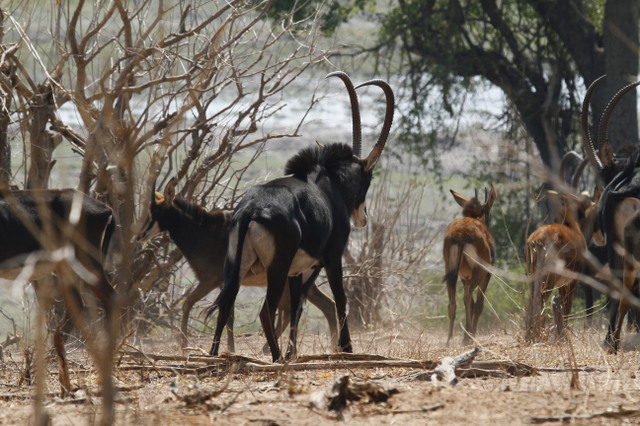 Camelthorn tree debarked ! Survival of these trees are important for sweet veld grasses. 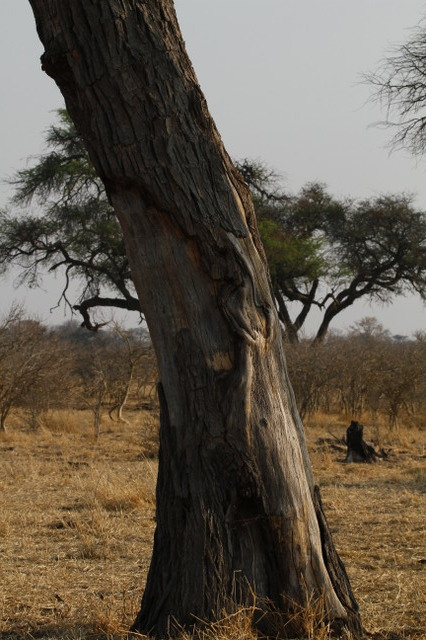 An elephant doing in a Rain tree or apple leaf ( formerly known as lonchocarpus capassa now named Philenoptera violacea ) We watched this ele pushing down the tree without even eating a leaf ! 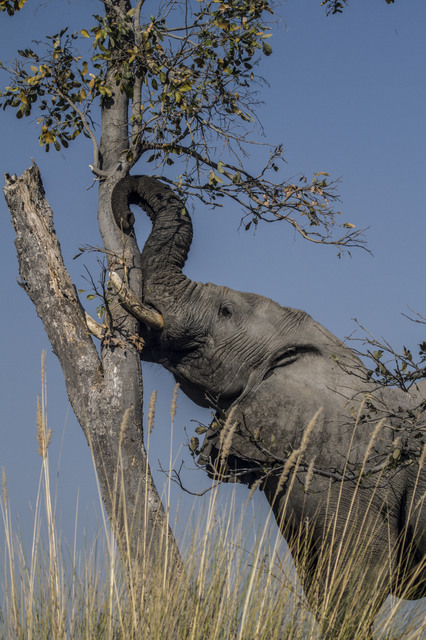 Debarked Diospiros mesplliformes / Jackalberry These trees are hugely important as they support a whole ecosystem of insects, pollinators birds and mammalss all on their own 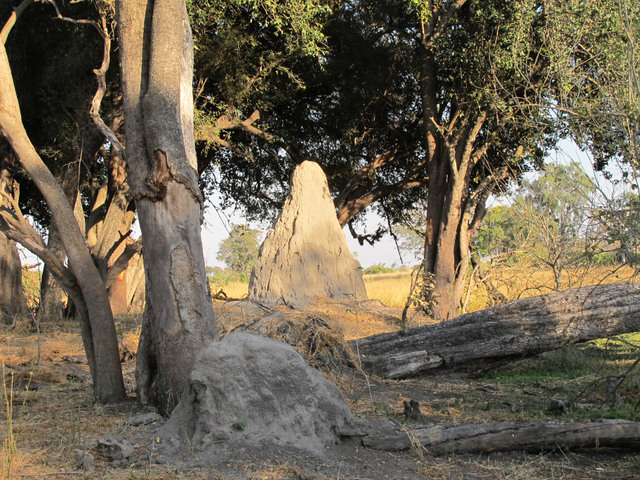 this a step towards becoming a desert. Take away the trees and you have grass that does not have protection against the harsh sun....  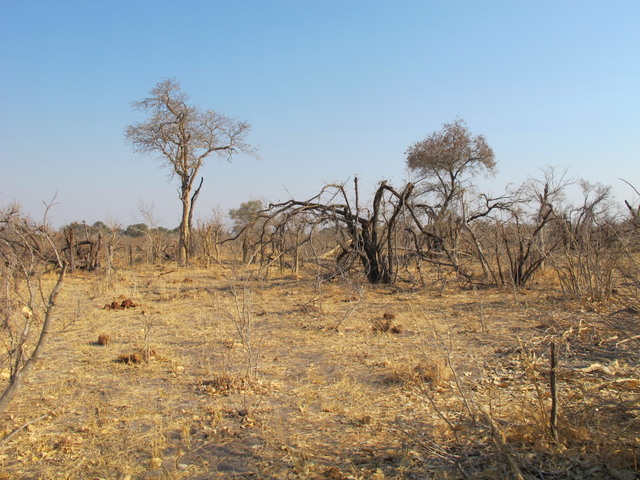 Still healthy but for how long ? 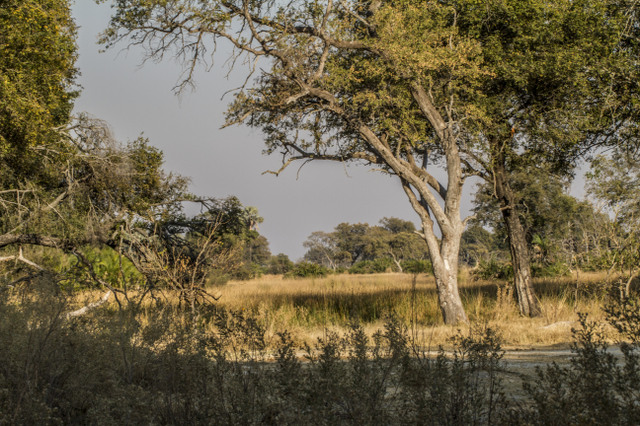 Too much devastation !  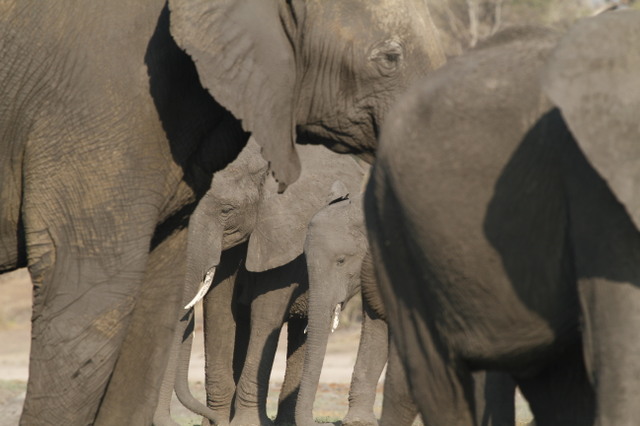 The process goes on, the stumps of once great trees can be seen, for now there is grass but with time this too will disappear 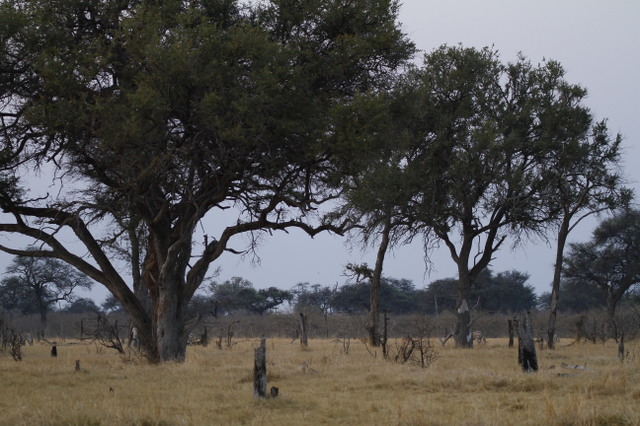 | |||
|
| One of Us |
Kenya  the grand conservation with no hunting model Anyway it matters not, because my experience always has been that of---- a loss of snot and enamel on both sides of the 458 Win---- | |||
|
| One of Us |
My son and I were in the Save a couple months ago. My understanding from talking with my PH is that culling is in fact done in the Save Conservancy, though perhaps not every year. Your main point, however, is well taken. Elephant are restricted as to where they can live and an elephant population will, if left alone, double in size about every ten years. With no hunting or culling the forest where the elephant are confined can be devastated. | |||
|
| One of Us |
I was in Chobe Natl Park this summer, the elephant devastation is incredibly obvious. Namibia side is green, Botswana side is brown and denuded of vegetation. | |||
|
| One of Us |
Whenever I talk to people about elephants, elephant hunting and overpopulation, I always describe the areas of overpopulation as 'war zones'. People today seem to be able to relate to that picture in their minds. | |||
|
| One of Us |
I too just returned from Zim, and I saw areas just like your pictures. It looked like a bulldozer had been clearing ground. I'm surprised the "tree huggers" aren't calling for the extermination of all elephants. BH63 Hunting buff is better than sex! | |||
|
| One of Us |
In 2010 in the Save Conservancy you could see destruction of the trees everywhere but the bush was so thick that at that time it wasn't hurting anything. The smaller trees grow with flat tops where the elephants have pruned them at mouth high. | |||
|
| new member |
Thanks for sharing. This is an inconvenient fact anti-huters often overlook. | |||
|
| Powered by Social Strata |
| Please Wait. Your request is being processed... |
|
 The Accurate Reloading Forums
The Accurate Reloading Forums  THE ACCURATE RELOADING.COM FORUMS
THE ACCURATE RELOADING.COM FORUMS  Hunting
Hunting  African Big Game Hunting
African Big Game Hunting  When Elephants Overpopulate
When Elephants Overpopulate

Visit our on-line store for AR Memorabilia

